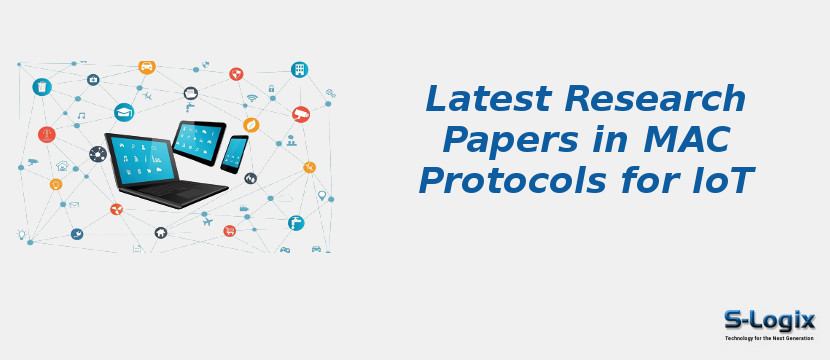Research papers in MAC (Medium Access Control) protocols for IoT focus on the design, optimization, and evaluation of communication techniques that regulate how IoT devices share wireless communication channels efficiently and reliably. These studies address the unique constraints of IoT networks, such as limited energy resources, dense deployments, heterogeneous traffic patterns, and real-time application requirements. Research explores contention-based protocols like CSMA/CA, scheduled protocols such as TDMA, and hybrid MAC designs that combine the strengths of both approaches to balance latency, throughput, and energy consumption. Specialized MAC protocols are proposed for Low-Power Wide Area Networks (LPWANs) such as LoRaWAN and NB-IoT, Wireless Sensor Networks (WSNs), and IEEE 802.15.4-based standards like Zigbee and 6LoWPAN, with adaptations for scalability and reliability in large-scale IoT deployments. Advanced works analyze cross-layer designs, adaptive duty-cycling, clustering-based MAC, cognitive radio MAC, and QoS-aware MAC protocols that optimize performance under varying network conditions. Security-aware MAC protocols are also highlighted, integrating lightweight authentication, encryption, and resilience mechanisms against jamming or denial-of-service attacks. Application-driven studies demonstrate how MAC protocols are tailored for healthcare monitoring, smart cities, industrial IoT, precision agriculture, and vehicular IoT, where diverse traffic requirements demand adaptive and context-aware solutions. Collectively, this body of literature illustrates how innovative MAC protocol designs are essential for improving energy efficiency, minimizing latency, enhancing reliability, and ensuring scalability, thereby enabling sustainable and high-performance IoT ecosystems.
